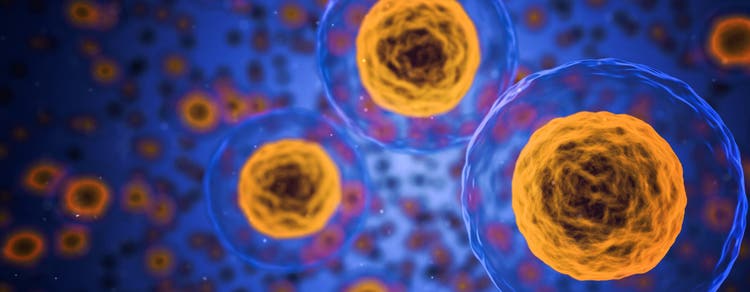
Cell Health: Viability, Proliferation, Cytotoxicity, and Cellular Function
Cell viability, cell proliferation, and cytotoxicity assays
Cell viability assays measure various cell markers, such as ATP or metabolic enzyme activity, as indicators of cell health. Many assays for cell viability and cell proliferation, including a variety of cytotoxicity assays, are detected using microplate readers. Viability assays using different detection modes are available, each with its own advantages.
What is cell viability?
Cell viability refers to the number of healthy cells in a population and can be evaluated using assays that measure enzyme activity, cell membrane integrity, ATP production, and other indicators. These methods can employ luminescent, fluorescent, or colorimetric readouts as indicators of general cell viability or even specific cellular pathways. Cytotoxicity and cell viability assays are often used to assess a drug or other treatment’s effect and are valuable tools in the search for new therapeutics, as well as advancing our understanding of how normal cells function.
What is cell proliferation?
Cell proliferation refers to the overall increase in cell number and is vital for tissue growth. It is the result of both cell growth and cell division. Both processes are highly regulated in healthy organisms to balance cellular size and population size. In experimental setups, monitoring cell proliferation can give insights into the effects of drugs or other treatments on a population of cells.